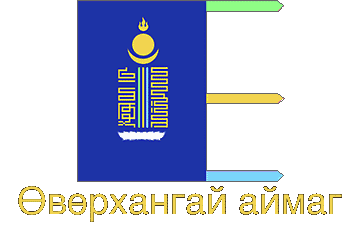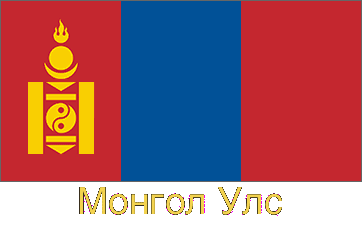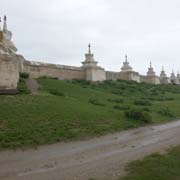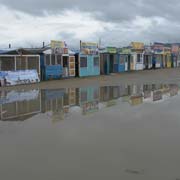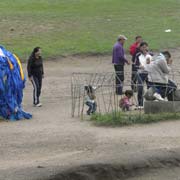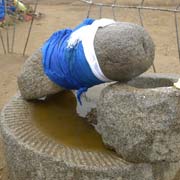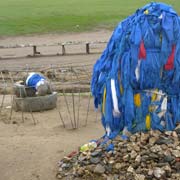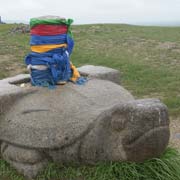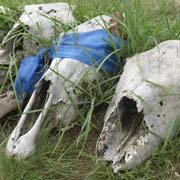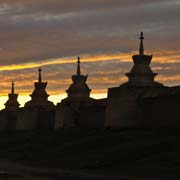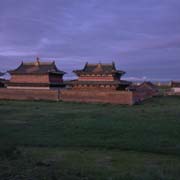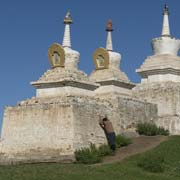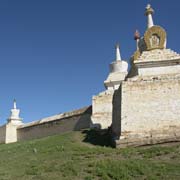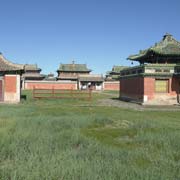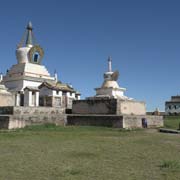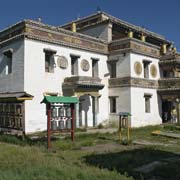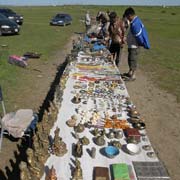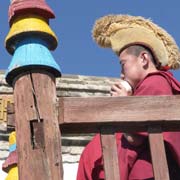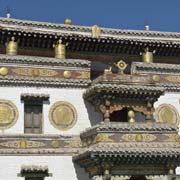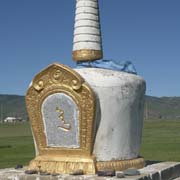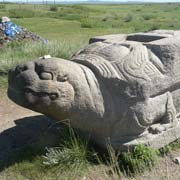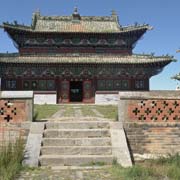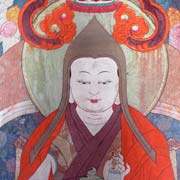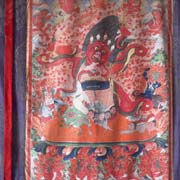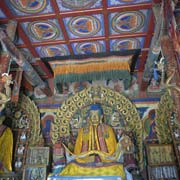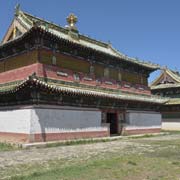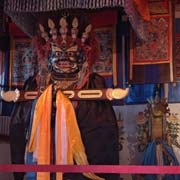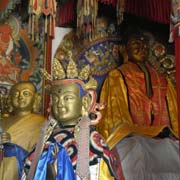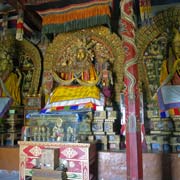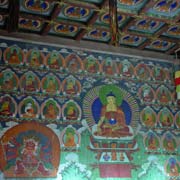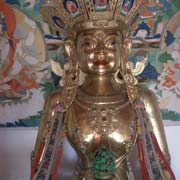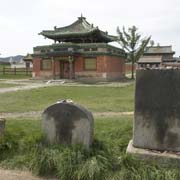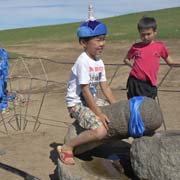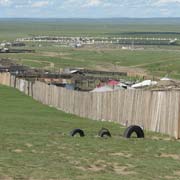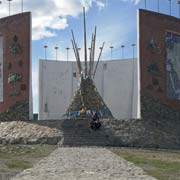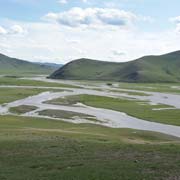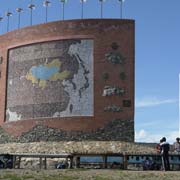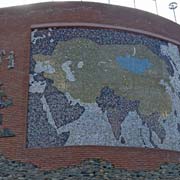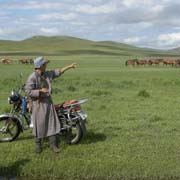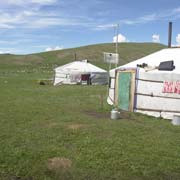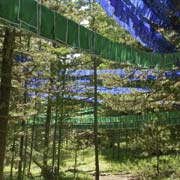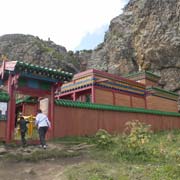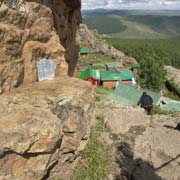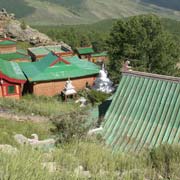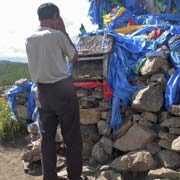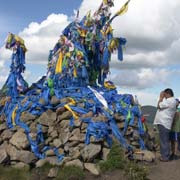Photos of Övörkhangai Province, Mongolia
Övörkhangai Province
Övörkhangai (= Southern Khangai) aimag is located south of the Khangai mountains, to the southwest of Ulaanbaatar and is where the ancient Mongol capital of Karakorum and Mongolia’s oldest monastery is situated. The province has an area of 62,895 km² and a population of a little over 115,000. Its capital is Arvaikheer..
you may then send it as a postcard if you wish.
Genghis Khan’s son Ögedei developed Karakorum (Kharkhorum) as the Mongol capital by having walls erected and a palace built. There were markets and Nestorian Christian churches, mosques and Buddhist temples as a sign of the religious tolerance practised by the Mongols. However, it was only an active capital for forty years because Genghis’ grandson Kublai Khan decided to move his capital to present-day Beijing. When Kublai’s Yuan Dynasty fell in 1368, the Mongol court had to flee to the north; pursuing Ming armies sacked and destroyed Karakorum.
In 1585 Abtai Khan, who had converted to Buddhism, founded Erdene Zuu (Hundred Treasures) monastery, built on the site of the old capital of Karakorum, using building materials from the ruins. Its external wall is still standing and a most impressive sight. It has 100 stupas (it probably should have been 108, a sacred number in Buddhism, but that number was not reached). It was damaged during the war when in 1688, the Oirat or Western Mongols (also called Züüngar or Dzungar) resisted Qing (Manchu) rule but was rebuilt in the 18th century. In 1872 there were 62 temples and around 1,000 monks. It all came to an end when the monastery was virtually destroyed during the communist purges of the late 1930s; only the outer wall and three temples remained: those became museums, and this is still the case today. But after the fall of communism, new temples are being built; Laviran Temple is newly built in Tibetan style, and Erdene Zuu is once more an active monastery. Nearby, on a hill, is Kharkhorin Rock, a vast stone phallus, said to have been placed there by a senior monk to stop other monks fraternising with local women. Further up on the hill is a shamanistic site with horse skulls and a carved stone turtle; another is just outside the monastery walls, originally to mark the boundaries of ancient Karakorum.
West of the modern town of Kharkhorin, in the Khangai mountains, is Tövkhön Khiid Monastery, on the hill Shireet Ulaan Uul. It was founded in 1653 by Zanabazar, Abtai Khan’s grandson, the spiritual head of Tibetan Buddhism in Mongolia; it was destroyed during the purges in 1937 and rebuilt with public funds in the early 1990s. Tövkhön Khiid is a beautiful and peaceful place and can be reached by road or cross-country through the grasslands with a walk through a forest.
